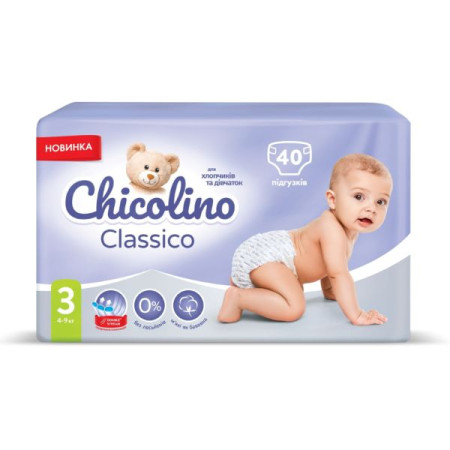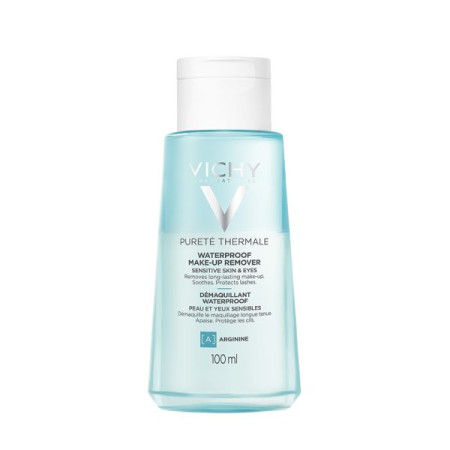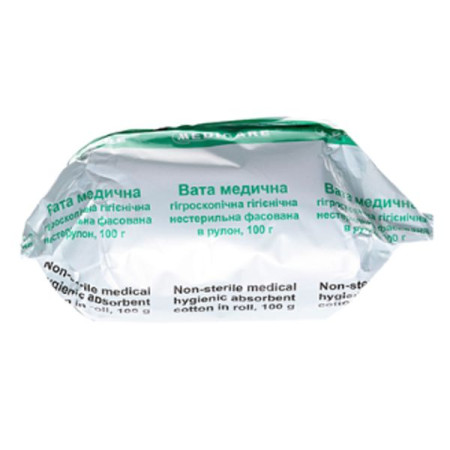ACC Long effervescent tablets 600 mg tube No. 10

Instructions for ACC Long effervescent tablets 600 mg tube No. 10
Composition
active ingredient: acetylcysteine;
1 tablet contains 600 mg of acetylcysteine;
excipients: anhydrous citric acid, sodium bicarbonate, anhydrous sodium carbonate, mannitol (E 421), anhydrous lactose, ascorbic acid, sodium cyclamate, sodium saccharin, sodium citrate, blackberry flavoring "B".
Dosage form
Effervescent tablets.
Main physicochemical properties: white round tablets with a flat surface, with a score on one side of the tablet and a blackberry odor.
Pharmacotherapeutic group
Mucolytics. ATX code R05C B01.
Pharmacological properties
Pharmacodynamics
N-acetyl-L-cysteine (acetylcysteine, ACC) is a mucolytic, expectorant agent used to thin sputum in diseases of the respiratory system, accompanied by the formation of thick mucus. Acetylcysteine is a derivative of the amino acid cysteine. The mucolytic effect of the drug is of a chemical nature. Due to the free sulfhydryl group, acetylcysteine breaks the disulfide bonds of acidic mucopolysaccharides, which leads to depolymerization of sputum mucoproteins and a decrease in mucus viscosity, and promotes expectoration and discharge of bronchial secretions. The drug remains active in the presence of purulent sputum.
Acetylcysteine also has antioxidant pneumoprotective properties, which is due to the binding of chemical radicals with its sulfhydryl groups and, thus, their neutralization. In addition, the drug promotes the increase in the synthesis of glutathione - an important factor of intracellular protection not only against oxidative toxins of exogenous and endogenous origin, but also against a number of cytotoxic substances. This feature of acetylcysteine makes it possible to effectively use the latter in case of paracetamol overdose.
Pharmacokinetics
After oral administration, acetylcysteine is rapidly and completely absorbed and metabolized in the liver to form cysteine, a pharmacologically active metabolite, as well as diacetylcysteine, cystine, and further mixed disulfides. Bioavailability is very low - about 10%. Maximum plasma concentration is reached 1-3 hours after administration. Plasma protein binding is approximately 50%. Acetylcysteine is excreted by the kidneys in the form of inactive metabolites (inorganic sulfates, diacetylcysteine).
The elimination half-life is determined mainly by rapid biotransformation in the liver and is approximately 1 hour. In case of reduced liver function, the half-life is prolonged to 8 hours.
Indication
Treatment of acute and chronic diseases of the bronchopulmonary system that require reducing the viscosity of sputum, improving its discharge and expectoration.
Contraindication
Hypersensitivity to acetylcysteine or to other components of the drug. Gastric and duodenal ulcer in the acute stage, hemoptysis, pulmonary hemorrhage, severe exacerbation of asthma.
Interaction with other medicinal products and other types of interactions
Interaction studies were conducted only with the participation of adults.
The use of antitussives with acetylcysteine may increase sputum congestion due to a decrease in the cough reflex.
Activated charcoal reduces the effectiveness of acetylcysteine.
When used simultaneously with antibiotics such as tetracyclines (except doxycycline), ampicillin, amphotericin B, cephalosporins, aminoglycosides, their interaction with the thiol group of acetylcysteine is possible, which leads to a decrease in the activity of both drugs. Therefore, the interval between the use of these drugs should be at least 2 hours. This does not apply to cefixime and loracarbef.
Significant hypotension and temporal artery dilation have been reported with concomitant administration of nitroglycerin and acetylcysteine. If concomitant administration of nitroglycerin and acetylcysteine is necessary, patients should be monitored for hypotension, which may be severe, and they should be warned about the possibility of headache.
Acetylcysteine can be a cysteine donor and increase glutathione levels, which helps detoxify oxygen free radicals and certain toxic substances in the body.
Acetylcysteine reduces the hepatotoxic effect of paracetamol.
It is not recommended to dissolve acetylcysteine with other drugs in the same glass.
Upon contact with metals or rubber, sulfides with a characteristic odor are formed, so glassware should be used to dissolve the drug.
Impact on laboratory tests.
Acetylcysteine may interfere with the colorimetric assay for salicylates and the determination of ketone bodies in urine.
Application features
There are isolated reports of severe skin reactions (Stevens-Johnson and Lyell syndromes) when taking acetylcysteine, therefore, in the event of changes in the skin or mucous membranes, you should immediately stop using the drug and consult a doctor regarding its further use.
Acetylcysteine should be prescribed with caution to patients with bronchial asthma due to the possible development of bronchospasm.
Acetylcysteine should be prescribed with caution to patients with liver or kidney diseases to avoid the accumulation of nitrogen-containing substances in the body.
The use of acetylcysteine, especially at the beginning of treatment, may cause liquefaction of bronchial secretions and increase their volume. If the patient is unable to cough up sputum effectively, postural drainage and bronchoaspiration are necessary.
Effervescent tablets contain sodium compounds. 1 tablet contains 6.03 mmol (138.8 mg) of sodium. This should be taken into account by patients on a salt-free, low-sodium diet.
Acetylcysteine affects histamine metabolism, so long-term therapy should not be prescribed to patients with histamine intolerance, as this may lead to symptoms of intolerance (headache, vasomotor rhinitis, itching).
A slight sulfuric odor is not a sign of a change in the drug, but is specific to the active ingredient.
The drug contains lactose, therefore patients with rare hereditary forms of galactose intolerance, lactase deficiency or glucose-galactose malabsorption syndrome should not use ACC® Long.
Ability to influence reaction speed when driving vehicles or other mechanisms
No effect.
Use during pregnancy or breastfeeding
Pregnancy: Clinical data on the use of acetylcysteine in pregnant women are limited. Animal studies do not indicate direct or indirect harmful effects with respect to pregnancy, embryonal/fetal development, parturition or postnatal development.
Breastfeeding. There is no information on the penetration into breast milk.
The drug should be taken during pregnancy or breastfeeding only after careful assessment of the benefit/risk ratio.
Method of administration and doses
Adults and children over 14 years of age should be prescribed 600 mg (1 tablet) once a day.
For children under 14 years of age and in cases where the daily dose should be divided into several doses, acetylcysteine should be used in a different dosage form or in an appropriate dosage.
The drug should be taken after meals. The tablet should be dissolved in a glass of water and the solution should be drunk as soon as possible. In some cases, due to the presence of a stabilizer - ascorbic acid - in the composition of the drug, the prepared solution can be left for about 2 hours before use. Additional fluid intake enhances the mucolytic effect of the drug.
The duration of the course of treatment is determined by the doctor individually, depending on the nature of the disease (acute or chronic). The drug should not be taken for more than 4-5 days without consulting a doctor.
Children
Use for children over 14 years of age.
Overdose
There are no data on cases of overdose with oral administration of acetylcysteine.
Volunteers took 11.6 g of acetylcysteine per day for 3 months without experiencing any serious side effects.
Acetylcysteine, when used in doses of 500 mg/kg/day, does not cause overdose.
Symptoms: Overdose may manifest as gastrointestinal symptoms such as nausea, vomiting and diarrhea.
Treatment. There is no specific antidote for acetylcysteine poisoning, therapy is symptomatic.
Adverse reactions
The following classification is used to describe the frequency of adverse reactions: very common (≥ 1/10), common (≥ 1/100, < 1/10), uncommon (≥ 1/1000, < 1/100), rare (< 1/10000), frequency unknown (the data obtained do not allow to estimate the frequency).
Immune system disorders: uncommon – hypersensitivity; rare – anaphylactic shock, anaphylactic/anaphylactoid reactions.
Blood and lymphatic system disorders: frequency unknown - anemia.
Nervous system: infrequently - headache.
From the side of the organs of hearing and labyrinth: infrequently - tinnitus.
From the cardiovascular system: infrequently - tachycardia, arterial hypotension; rare - hemorrhages.
On the part of the respiratory system: rare - dyspnea, bronchospasm (mainly in patients with bronchial hyperreactivity associated with bronchial asthma), frequency unknown - rhinorrhea.
On the part of the digestive tract: infrequent - vomiting, diarrhea, stomatitis, abdominal pain, nausea; rare - dyspepsia; frequency unknown - bad breath.
Skin and subcutaneous tissue disorders: uncommon – urticaria, rash, angioedema, pruritus; frequency unknown – exanthema, eczema, angioedema.
General disorders: uncommon - hyperthermia; frequency unknown - facial edema.
Very rarely, severe skin reactions (Stevens-Johnson syndrome and Lyell's syndrome) have been reported. In most cases, at least one other drug is more likely to be the cause of the mucocutaneous syndrome. Therefore, if any new changes appear on the skin or mucous membranes, you should consult a doctor and immediately discontinue acetylcysteine.
Cases of decreased platelet aggregation have been reported, but the clinical significance of this has not been determined.
Expiration date
3 years.
Storage conditions
Store in a dry place at a temperature not exceeding 30 °C.
Keep out of reach of children.
Packaging
10 tablets in a tube; 1 tube in a cardboard box.
Vacation category
Without a prescription.
Producer
Salutas Pharma GmbH.
Location of the manufacturer and its business address
Otto-von-Güricke-Allee 1, 39179, Barleben, Germany.
There are no reviews for this product.
There are no reviews for this product, be the first to leave your review.
No questions about this product, be the first and ask your question.









